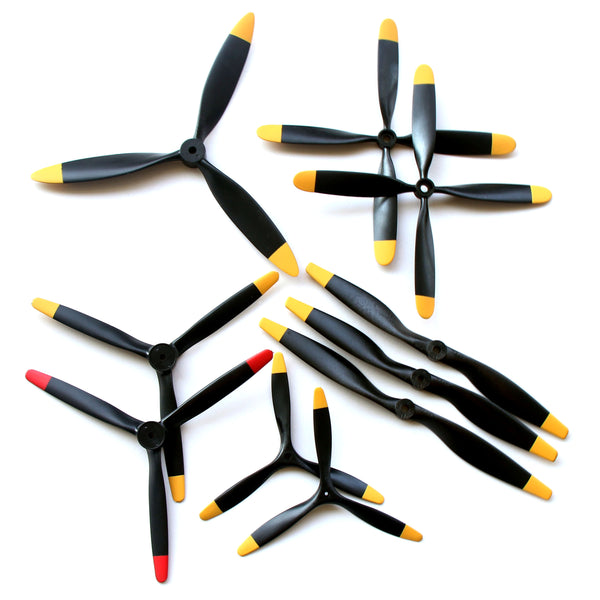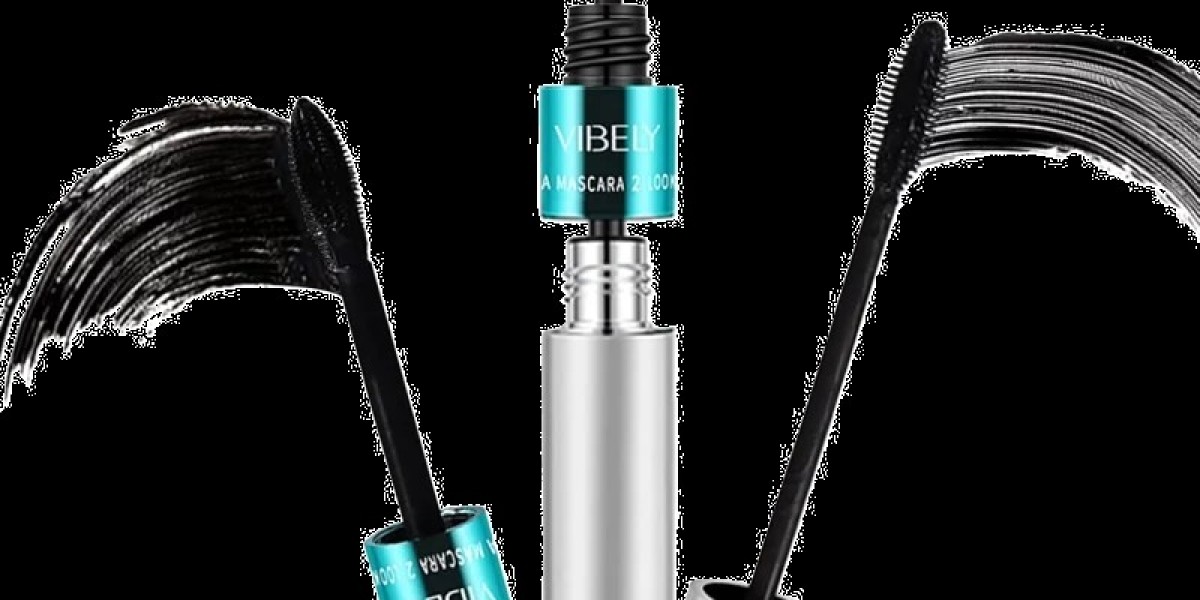When it comes to remote-controlled (RC) planes, the propeller is a critical component that significantly influences performance, efficiency, and overall flying experience. Selecting the right propeller involves a combination of understanding the mechanics of flight, knowing your aircraft’s specifications, and considering your flying style. In this article, we will explore the key factors to consider when choosing a prop for your RC planes and provide a brief introduction to Dynam, a well-known manufacturer in the RC community.
Understanding Propeller Basics
Propeller Types
RC plane propellers come in various types, primarily categorized by their materials and designs:
Materials:
- Plastic: Generally less expensive and suitable for beginners, plastic props are durable but may not provide the best performance for advanced pilots.
- Wood: Wood propellers are lighter and can offer better performance, particularly in terms of efficiency and speed. However, they can be less durable than plastic props.
- Carbon Fiber: Known for their strength and rigidity, carbon fiber props are often used in high-performance applications. They are more expensive but provide superior performance.
Design:
- Fixed-Pitch: These props have a constant pitch angle, making them simpler to use. They are common in many RC planes.
- Variable-Pitch: These props allow for pitch adjustment during flight, providing flexibility for different flight conditions but are generally more complex and costly.
Propeller Specifications
The primary specifications to consider when selecting a propeller include:
Diameter: The diameter is the total width of the propeller. A larger diameter can produce more thrust but may require more power to turn. Conversely, a smaller diameter may be more efficient at higher speeds.
Pitch: Pitch refers to the distance the propeller would theoretically move forward in one rotation, similar to the gears on a bicycle. A higher pitch provides faster speeds but may require more power, while a lower pitch allows for better thrust and acceleration.
Blade Count: Most propellers have two blades, but there are three-blade and four-blade options. More blades can improve thrust and provide smoother operation but can also increase drag.
Propeller Size and Performance
Choosing the right size propeller for your RC plane is crucial for achieving optimal performance. The propeller must match the motor's specifications to ensure efficient power use. Here’s a general guideline:
Electric Motors: Electric motors often require a specific propeller size and pitch to perform efficiently. Check the motor’s specifications for recommended prop sizes. A typical starting point for an electric RC plane is a propeller with a diameter of 9-11 inches and a pitch of 5-7 inches, but this can vary based on the motor's power rating and the aircraft's weight.
Gas Engines: Gas-powered planes may require larger and heavier props. A common size for gas engines is between 12 to 18 inches in diameter with a pitch of 6-10 inches, depending on the engine size and plane type.
Thrust vs. Speed
When selecting a propeller, it's essential to strike a balance between thrust and speed. For example, if you're flying a slow-flying trainer, you might prefer a propeller that emphasizes thrust for better takeoff and climbing performance. In contrast, for speed-oriented models, a higher-pitch propeller may be more suitable to maximize speed.
Factors Affecting Propeller Choice
Several factors can influence your propeller selection beyond size and pitch:
Flying Style: Your intended flying style is a significant determinant. For aerobatics, a propeller that provides quick response and acceleration is ideal. For gliders, efficiency is crucial, so a prop with a lower pitch might be more beneficial.
Weight of the Aircraft: Heavier aircraft typically require larger or higher-pitch props to generate enough lift and thrust. Conversely, lighter planes can benefit from smaller, lower-pitch props that enhance efficiency.
Motor Type and Power: Always match your propeller choice to your motor’s capabilities. Using a propeller that draws too much power can lead to overheating and damage. Consult the motor specifications to find a compatible propeller size and pitch.
Environmental Conditions: Wind and altitude can affect prop performance. For example, flying at high altitude may necessitate a larger propeller to compensate for the thinner air, while windy conditions might require a prop that offers better stability.
Introduction to Dynam
Dynam is a recognized brand in the RC industry, known for producing a wide range of aircraft and accessories, including propellers. The company offers various propellers suitable for different types of RC planes, ranging from trainers to aerobatic models. Dynam's products are well-regarded for their quality and affordability, making them an excellent choice for both beginners and experienced pilots.
Dynam Propeller Features
- Diverse Range: Dynam provides various propeller sizes and pitches, allowing pilots to find the perfect match for their aircraft and flying style.
- Durability: Many Dynam propellers are made from high-quality materials, ensuring longevity and reliable performance.
- Cost-Effective: With competitive pricing, Dynam makes it easier for hobbyists to experiment with different prop sizes and types without breaking the bank.
Conclusion
Choosing the right propeller for your RC plane is a multifaceted process that involves understanding your aircraft's specifications, your flying style, and the conditions in which you’ll be flying. With various options available, including materials, sizes, and designs, the key is to find the right balance between thrust, speed, and efficiency. Brands like Dynam offer a range of products that cater to different needs and budgets, ensuring that every pilot can find the perfect propeller to enhance their flying experience. Whether you're a beginner or a seasoned pilot, taking the time to select the right propeller will lead to a more enjoyable and successful flight.









